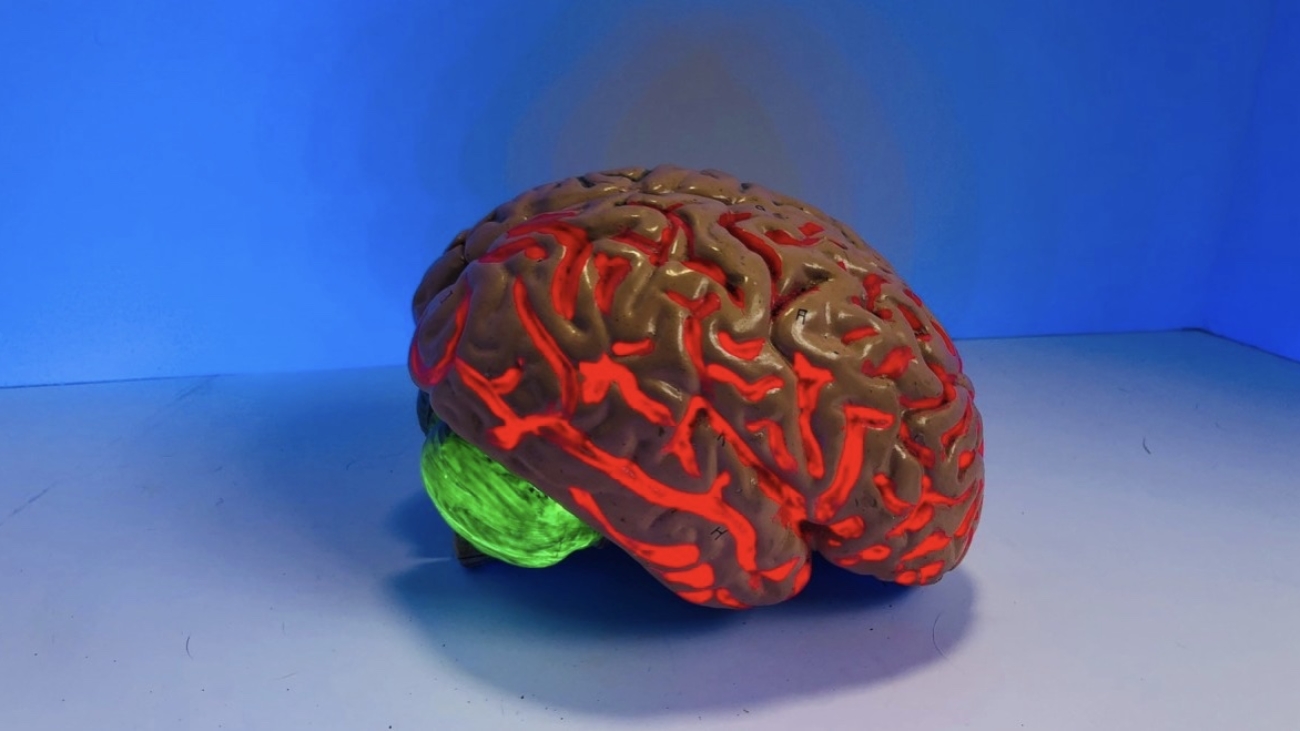Lots of focus on Mindset these days – and plenty on Neuroplasticity too. But which is it? You can’t have both.
‘Mindset’ is an oxymoron. A healthy mind is intrinsically plastic – it gets impressed by sensory input. It retains impressions as memory and is always open to new ones. It can create new forms in the imagination.
Unhealthy minds get set – sclerotic even – in which the same perspectives, beliefs, opinions, ideas and thoughts persist. The mind becomes closed to new impressions and instead fixates on what it believes to be true.
This is the mechanism behind all unpleasant feeling, casual and clinical.
The changing of one mindset to another in the pursuit of personal wellbeing is a long road. However sophisticated, enlightened and modern the mindset is, it is still a set mind, defying and denying the very nature of what our minds are and inexorably eroding our health.
Going beyond mindset is the simplest and most effective route to wellbeing.
So how do we do it?
It all boils down to what we pay attention to. We can continue to entertain the tired old thoughts which generate the all too familiar negative feelings, possibly replacing them with ‘better’ ones. Or we can lift ourselves out of the quagmire of repetitive thinking and know that we are neither our thoughts, nor their attendant feelings.
The latter requires vigilance and a determination to be the architect of our experience, not its victim. It compels us to live consciously in the emergent moment, open to impressions and free from the constant assessment, comparisons and judgements that beset us.
This is not an intellectual pursuit, quite the opposite. But it is intelligent and it leads to a freedom which is enlivening, empowering and intrinsically healthy.
And if you were wondering what it all has to do with leadership… it is leadership.


